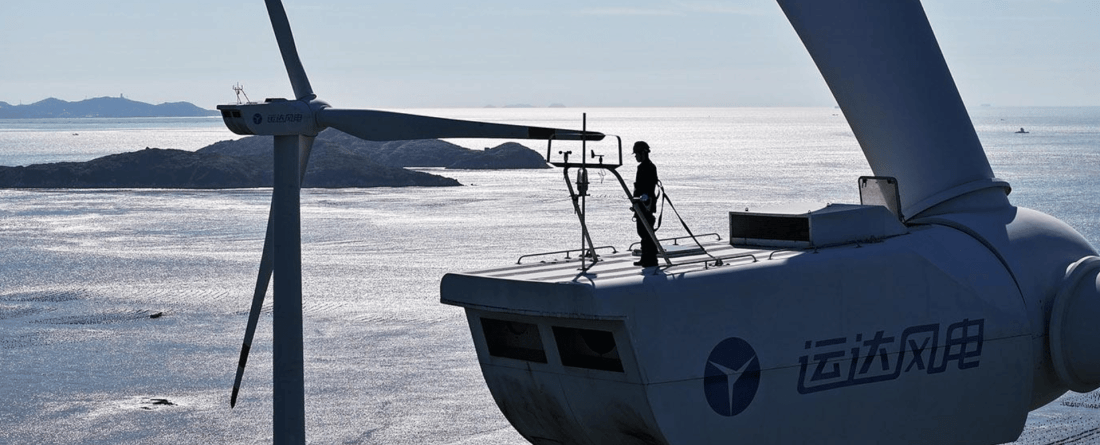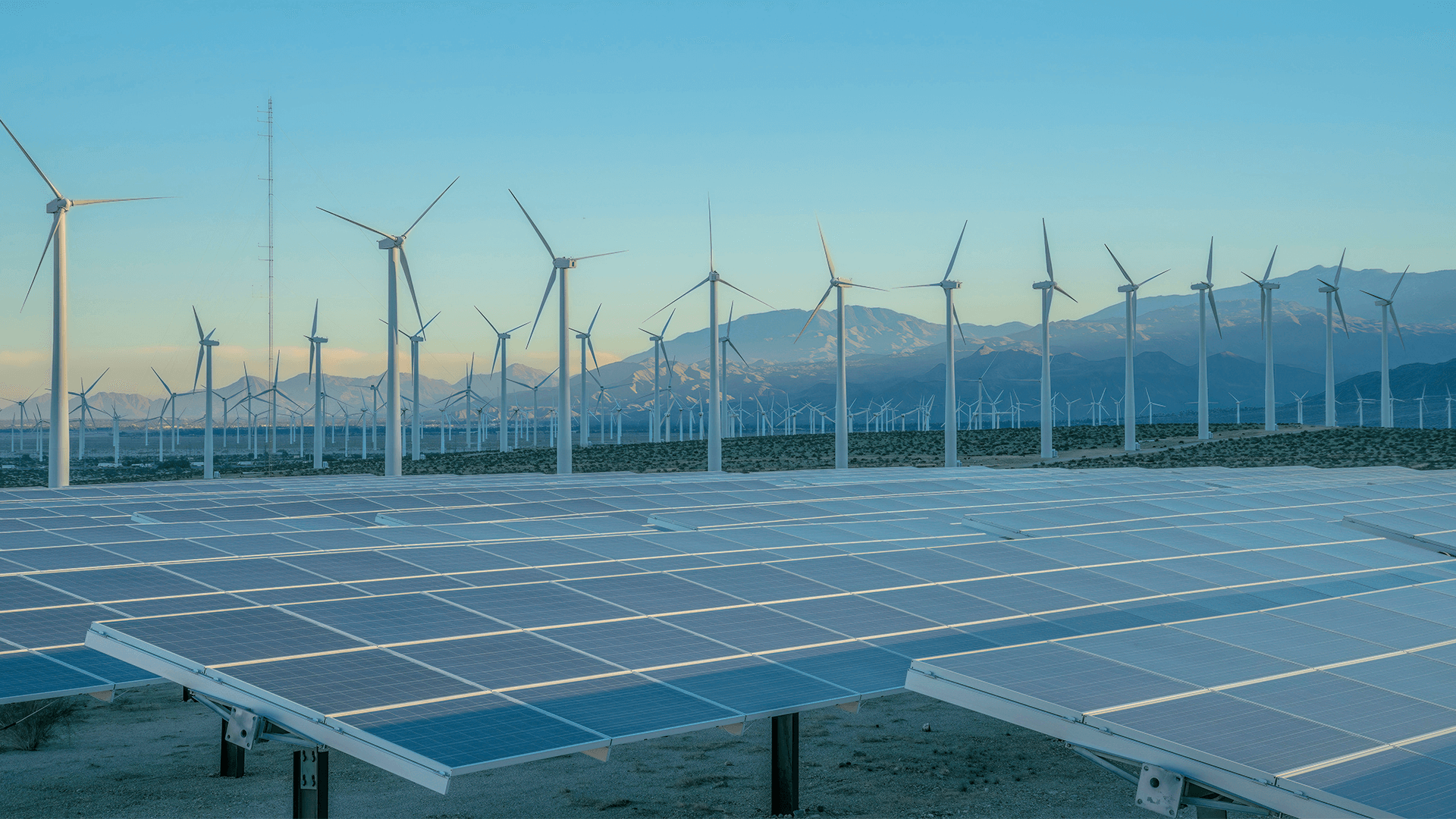
A new policy brief from the Center for Global Sustainability examines sources of coal mine methane (CMM) emissions in Shanxi Province, investigating energy production and policy trends in the region, and highlighting opportunities for methane mitigation. The policy brief offers policy recommendations that can overcome policy complexities and propel regional and provincial capabilities of capturing and utilizing methane.
Methane is a potent greenhouse gas, with a global warming potential 80 times that of CO2 over a 20-year period, making mitigating methane a critical aspect of global climate strategies. China, according to one estimate, accounts for more than half of global coal mining methane emissions and must intensify its methane reduction efforts to meet national methane emissions reduction goals. One strategy for emissions reduction is to focus mitigation efforts on high-emitting regions, like Shanxi Province. As a key coal-producing area, Shanxi has a significant opportunity for robust regional methane mitigation by policymakers and industry stakeholders.
Analyzing underground coal mining in Shanxi, this policy brief reveals that methane emissions are uncertain and dependent on several factors. In Shanxi, cities and regions like Changzhi and Jincheng, which have deeper coal beds and high coalification, may produce greater methane emissions from coal mining. A better understanding of the locations and sources of methane emissions and the concentration of methane emitted from coal mines is needed to inform mitigation strategies.
However, current strategies for mitigation, like reducing coal production and capturing and utilizing methane from mines, may face limitations due to high costs and limited infrastructure and technology availability. While subsidies assist with extracting methane, CMM extraction tends to be more costly than traditional gas, making it less competitive for industrial stakeholders. Infrastructure issues regarding CMM transportation are also an obstacle as pipelines for low-concentration methane remain inadequate. Moreover, although methane utilization rates are rising—particularly for high-concentration methane—the advancement of technologies for low-concentration methane, including ventilation air methane (VAM), remains limited, impeding progress in effectively utilizing these lower concentrations.
“Effective methane mitigation in Shanxi requires a combination of improved technology, better infrastructure, and targeted policies addressing both high- and low-concentration methane,” said Jenna Behrendt, CGS Research Manager and lead author of the analysis. “Collaboration between stakeholders and continued investment in research and infrastructure along with more site-specific data for accurate methane emissions assessments are crucial for advancing mitigation efforts.”
Shanxi's existing policies on CMM work to address many aspects of these issues, with various regulations and incentives focused on energy usage, safety concerns, and climate mitigation. However, the unresolved overlapping of coal mining rights and CMM extraction rights creates conflicts between coal mining enterprises and oil and gas companies, complicating the extraction and utilization of CMM.
Additionally, industry dynamics influence CMM policy development in Shanxi, leading to spatial heterogeneity in policy structures across different cities. CMM policy implementation in Shanxi cities appears more closely related to trends in unconventional natural gas production than to coal production levels. For example, Jincheng, which leads in unconventional natural gas production, has the highest number of CMM-related policies. In contrast, cities like Shuozhou and Datong, which have high coal production but limited unconventional gas activity, have fewer CMM policies.
“To fuel methane mitigation at the provincial and city levels, greater emphasis on climate-focused policies and continued development of economic incentives and regulatory frameworks is critical,” said Xinzhao Cheng, CGS Research Assistant and co-author of the analysis. "Building on the example of Jincheng, China, Shanxi has the opportunity to introduce wide-ranging policies and financial incentives to advance CMM extraction and utilization, potentially boosting CMM production throughout the country.”
To boost capturing and utilizing methane at the regional and provincial levels, the researchers recommend:
- Bridging knowledge gaps for CMM by:
- Expanding research and development for low-concentration methane
- Increasing the understanding of abandoned mine methane (AMM) emissions
- Establishing a more comprehensive MRV system and data-sharing platform
- Building a more comprehensive policy instrument toolkit by:
- Setting quantitative targets for CMM mitigation
- Updating and harmonizing CMM emission, collection, and utilization standards
- Offering stronger economic-based incentives
- Simplifying the administrative procedures concerning mining rights
- Developing targeted policy approaches by:
- Promoting policy development in super-emitting regions
- Bridging the policy gaps for AMM emissions
- Establishing a regulatory system to increase the utilization of low-concentration methane
The policy brief highlights the challenges associated with CMM extraction in Shanxi at both the provincial and city levels. It provides recommendations for stakeholders to focus on CMM extraction and policy initiatives in high-emission regions such as the Qinshui coalfield cities with deep mines and high coalification, and high-production areas like Shuozhou, Datong, and Lvliang. By addressing CMM emissions in the short term and focusing on Shanxi, a critical coal production region, China can enhance methane mitigation to meet its national mitigation targets.
Check out the analysis to learn more.



